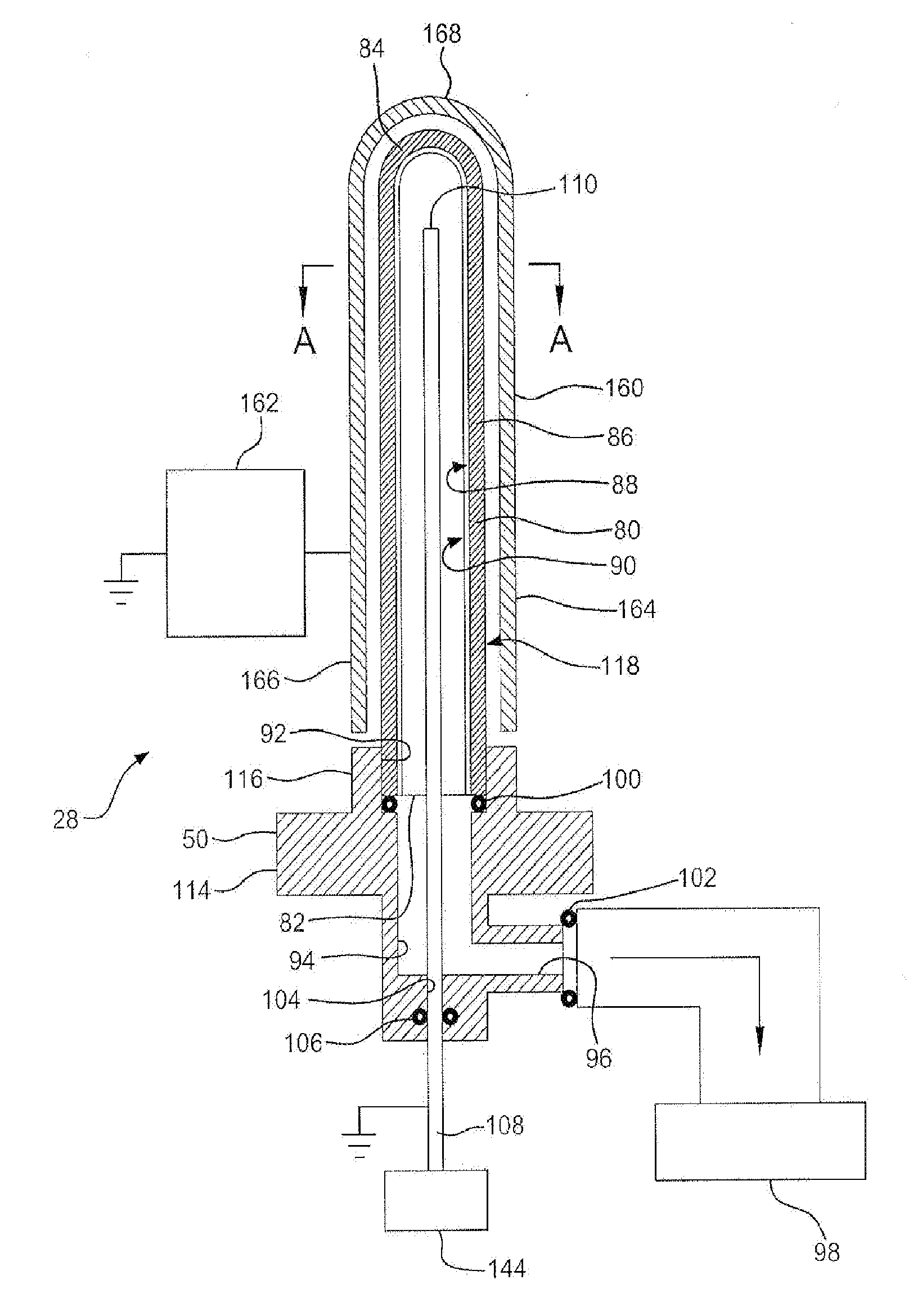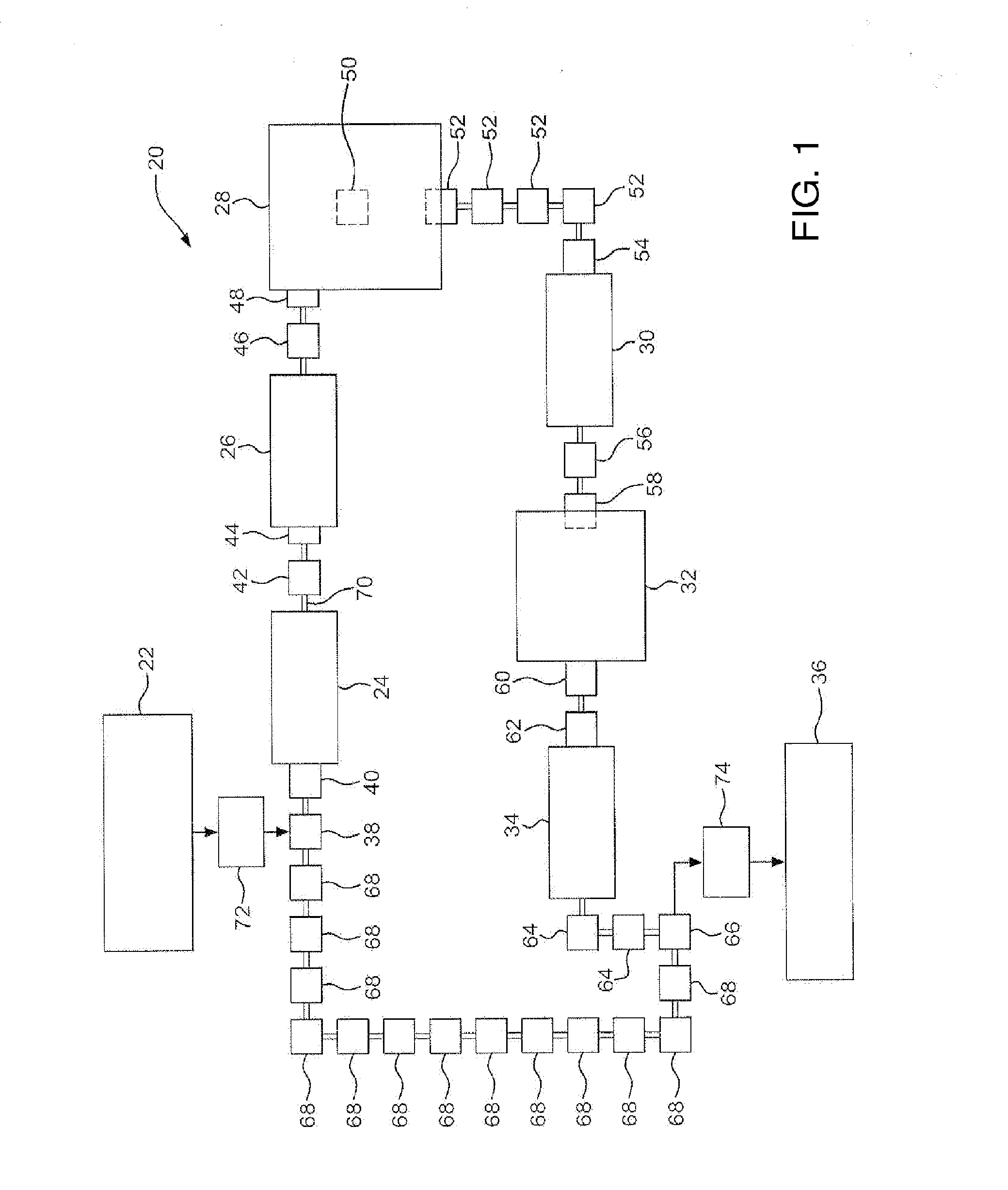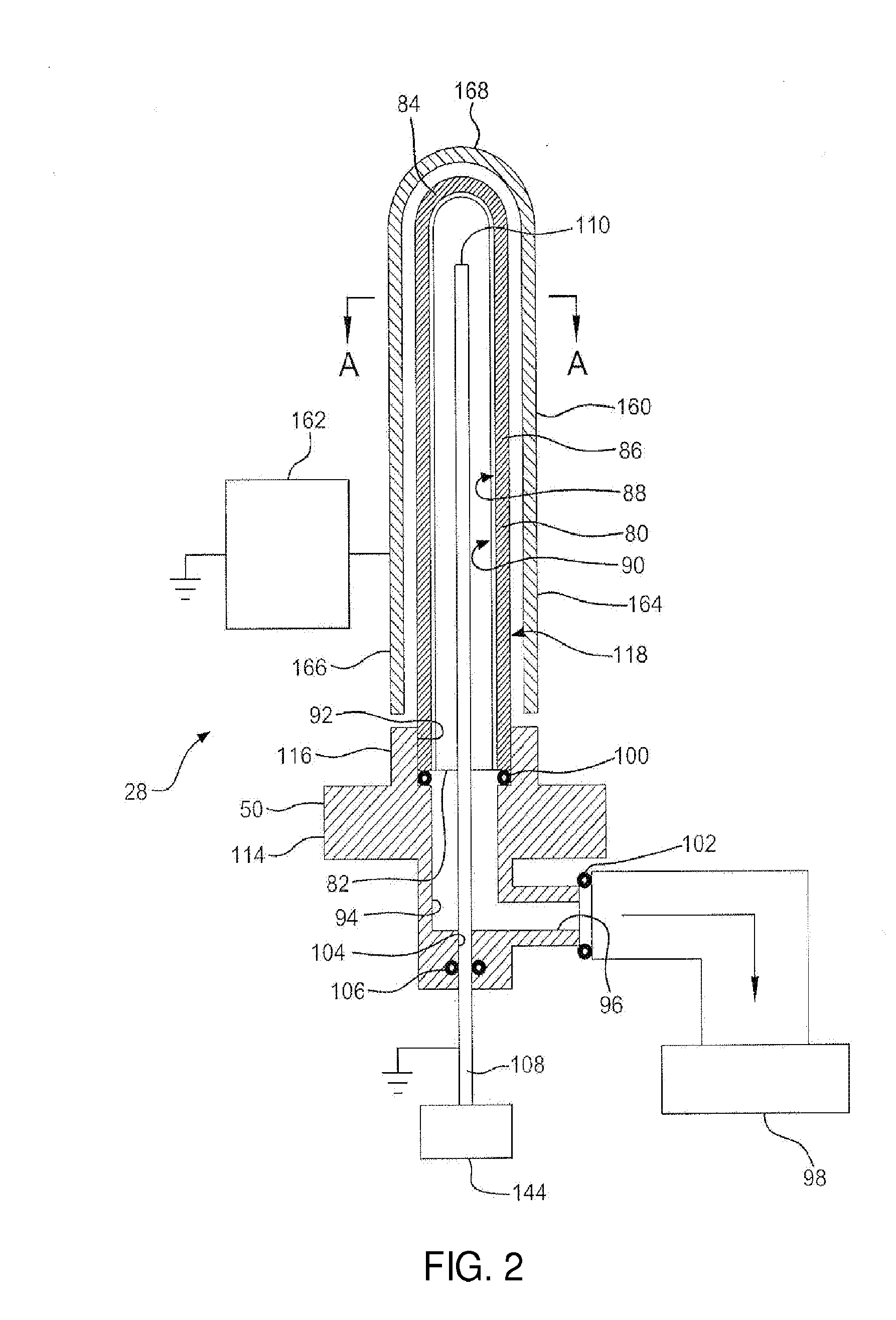Inspection methods for pecvd coatings
a technology of inspection method and coating, which is applied in the field of vessel processing system, can solve the problems of uniform surface chemistry at the molecular level, damage to stored materials, and phlebotomists using tubes to fail to draw enough blood, and achieve the effect of quick and accurate determination and quick and accurate determination of properties
- Summary
- Abstract
- Description
- Claims
- Application Information
AI Technical Summary
Benefits of technology
Problems solved by technology
Method used
Image
Examples
working examples
[0758]The working examples are to be understood to encompass the Examples referring to outgassing of EP2251671 A2, in particular Example 8, Example 16, Example 19, and the Figures and Tables to which these Examples of EP2251671 A2 refer.
example 1
Infrared Detection of CO2 Off-Gassing from CO2 Purged Uncoated and SiOx-Coated Molded COP Vial
Equipment & Materials
[0759](1) Inifiocon HLD-5000 CO2 Monitor with an ⅛ brass tubing elbow extender from the sample port with a flange to hold vial in place.
[0760](2) Plexiglass box with CO2 monitor inside, having an opening to transfer vials from the purge unit to the CO2 monitor sample port.
[0761](3) 3-up purge unit with vial adaptor enabling 25 psig CO2 pressure on the interior wall
[0762](4) SiOx 4-up coater (Name / designation?)—CV Holdings built with vial puck adaptor
[0763](5) Uncoated COP 5 mL molded vials
[0764](6) SiOx (std 20 second plasma coating) coated COP 5 mL molded vials from SiOx Coater
General Procedure:
[0765]Uncoated or SiOx-Coated Vials were placed into one of three vial adaptors on the purge unit, evacuated for 0-30 seconds, then purged with CO2 gas at 25 psig for 3015-120 seconds. The purge unit was vented to ambient pressure, and the vials removed and held over a vacuum cl...
example 2
Outgassing Measurement on CO2 Charged, Uncoated COC Tubes
[0772]VI.B. This initial test was carried out to determine whether CO2 can be charged to COC to substantially increase its ATC outgas flow rate. Thirty uncoated COC tubes were made according to the Protocol for Forming COC Tube. Before CO2 charging, the tubes were tested for outgassing following the Protocol For Testing Outgassing. The flow rate was measured using ATC with a 14 μg / min sensor. The ATC flow rate before CO2 charging is shown in Table A. After this measurement was carried out on each tube, the same tube was then charged with CO2 according to the Protocol For Charging Blood Tubes with CO2, using a CO2 charge time of 10 minutes. The flow rate was remeasured in the same manner, and the result is again reported in Table A.
[0773]Referring to Table A, the average outgassing flow rate of the COC tubes before CO2 charging was 1.43 micrograms per minute. The average outgassing flow rate of the COC tubes after CO2 charging ...
PUM
| Property | Measurement | Unit |
|---|---|---|
| temperatures | aaaaa | aaaaa |
| thickness | aaaaa | aaaaa |
| pressure | aaaaa | aaaaa |
Abstract
Description
Claims
Application Information
 Login to View More
Login to View More - R&D
- Intellectual Property
- Life Sciences
- Materials
- Tech Scout
- Unparalleled Data Quality
- Higher Quality Content
- 60% Fewer Hallucinations
Browse by: Latest US Patents, China's latest patents, Technical Efficacy Thesaurus, Application Domain, Technology Topic, Popular Technical Reports.
© 2025 PatSnap. All rights reserved.Legal|Privacy policy|Modern Slavery Act Transparency Statement|Sitemap|About US| Contact US: help@patsnap.com



